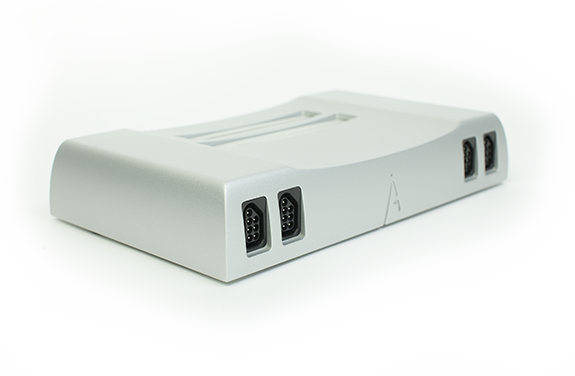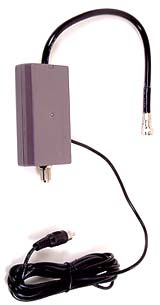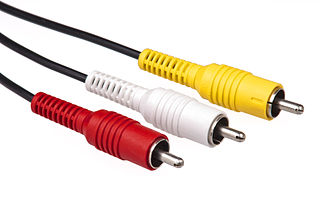Analogue Nt of Questionable Value
By BlaineBlaine 5 Comments
So this is a thing you can buy for $500+

So... should you? Hands-on impressions will be valuable insight in the near future, but if you can read between the lines a little, you might find the Analogue Nt wanting at that price point.
The aesthetic and build and quality, I have nothing to say about. If you're willing to pay $500 for a block of aluminum, go for it.
This is not new or optimized hardware. It's a Famicom, gutted and reboxed.
What I mainly object to, however, is based on the FAQ released, there's some snakes being oiled. I'll get to a few of my points now.
Play NES in glorious 1080p. The HDMI Adapter is an external RGB to HDMI upscaler designed exclusively for the Analogue Nt. It is a true upscaler (no stretching) and outputs 1080p or 720p perserving the original aspect ratio. It even has a built in scanline generator for that retro CRT feel.
We were able to procure a large quantity of HVC-001 Famicom systems that were in cosmetically undesirable unsellable condition. The plastic enclosure of the HVC-001 systems are notoriously yellowed, brittle and damaged. While the poor enclosure quality left these systems undesirable and sitting on a shelf, fortunately the CPU and PPU inside remain untouched and fully functional.
This is a blurb from their site. For starts, a stock NES or Famicom does NOT output RGB. Unlike most game consoles the NES doesn't even process in RGB. All image processing is actually done in NTSC color values, which is actually sort of arbitrary.
When you buy an 'RGB' modded NES, what you're mostly paying for is an RGB PPU that had to be harvested from arcade hardware. Swapping out the PPU for one from a, for example, Nintendo Play Choice 10 would allow you to claim an RGB output. Using a stock Famicom, which the Nt is, you are at best converting a Composite signal to RGB.
Skip over this part if you don't give a rats ass about how video works
*****
Ultimately the best picture quality comes from preserving the four main signals from a device until they reach a display. Whether it's digital or analog, is honestly not as important.
For a video signal you have four main signals. Red, Green, Blue and Sync.
Normally when you're playing video games, you're gonna have audio too...so for the NES you'll have an Audio signal as well (mono).
So for the most oldest of school connector the RF plug. That one cable screw-in jobby that goes directly into the back of your television?

It combines ALL the video and the audio into one signal. And the signals will co-mingle and interfere and degrade. Then the TV breaks the signals back into their original parts and displays the picture.
With this method you will have the maximum amount of noise and color bleed.
It beats nothing, but it far from an optimal solution.
The NES, and the Famicom, you had your next option. The Composite cable. You'll recognize this as the standard "Yellow, White, Red" plugs that you had on your VCR and maybe coming out of a camcorder before we all started to have HDTVs.

This is an improvement over the RF switch, because it breaks out the audio from the video. Again, keeping the signals separate is a good thing. The issue remains though that 4 out of the 5 signals are still being co-mingled on a single wire. So, there's noise and degradation. How does that look? Well, I'm lazy so I'm ripping off the godfather of videogame RGB Lawerence. GamesX.com. These are captures of Necronomicom Digital Pinball for the Saturn, but it illustrates.



The standard Famicom/NES doesn't even have S-Video, let alone RGB.
*****
What Analogue is describing though, is basically, an NES run through a video converter. That's never an optimal solution. Every conversion will degrade the image. Scaling it up will only INCREASE the noise.
And this is for $500? Excuse me, $550, the HDMI adapter costs extra.
It might be an AWESOME upscaler. For $50? I doubt it is. Also it only works with the Analogue Nt? A decent upscaler usually runs about $200-$500 and you can use it with anything you'd like. Getting RGB out of an original SNES is actually incredibly easy!
Look, it's a pretty case. And you might not care if the video looks muddy. But caveat emptor, for serious.
You can get an NES, with a converter, modded with an RGB PPU (or an RGBNES board) and an really nice multi-purpose upscaler for less than $400. Maybe even less than $300.
But they're popping out a stock Famicom and getting onto your TV through less-than-optimal means for a very high premium.
